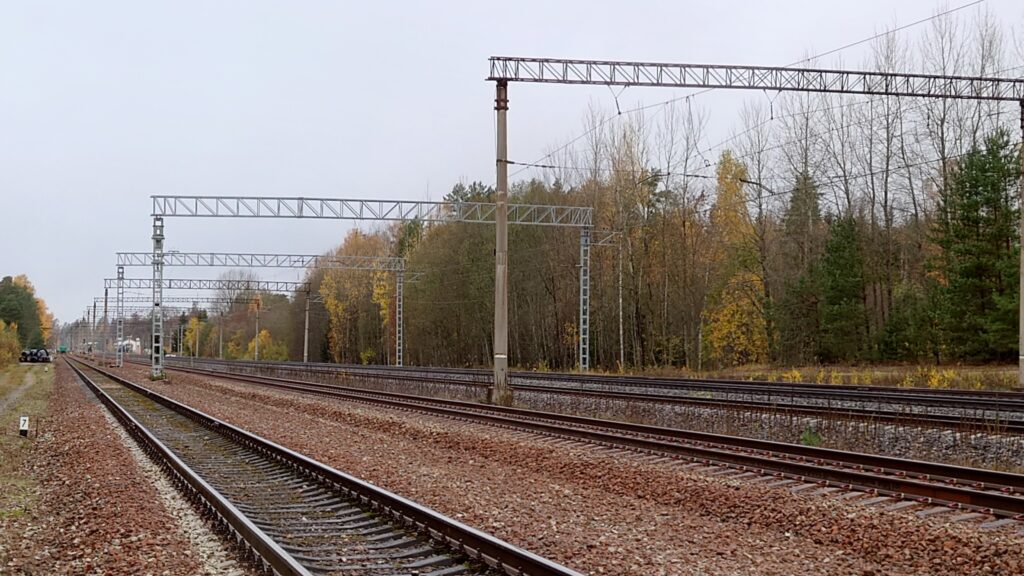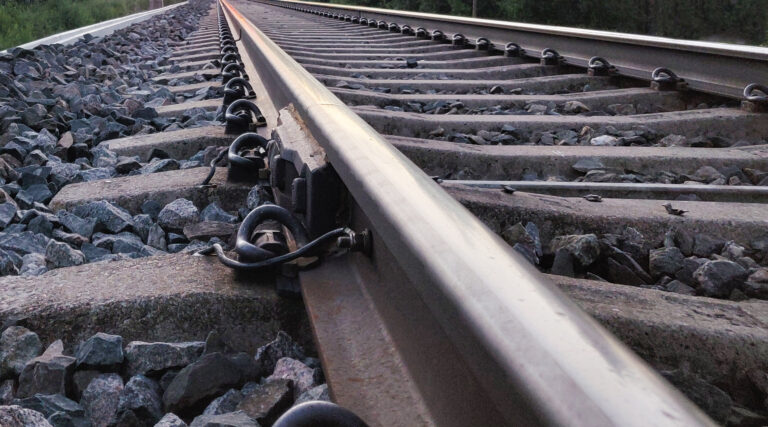Eesti Raudtee (Estonian Railways) has selected GRK to electrify the Aegviidu-Tapa-Tartu railway line. The total cost of the project is approximately EUR 79 million. This is the first significant step towards electrifying Estonia’s railway lines.
In Estonia, the goal is to electrify most of the country’s rail network by the end of 2028. Through competitive tendering, Eesti Raudtee selected GRK Suomi Oy and GRK Eesti AS to work on a project in which approximately 150 kilometres of the main tracks from Aegviidu to Tartu will be electrified.
Estonia’s railway network consists of a total track length of approximately 1,200 kilometres, of which only the tracks in the Tallinn area are electrified. Electrifying the railway lines is a part of Estonia’s green transition, because it will make it possible for the diesel locomotives to be replaced with more environmentally friendly ones.
The project is included in GRK’s order stock as soon as the contract was signed in February 2023. Work begins in February 2023, and the project must be completed by 1 December 2024.
”This is the largest project in our history in Estonia. We work in Estonia in all areas of infrastructure construction, but we can see that we especially have growth potential in rail construction, in which Estonia invests heavily. In addition to modernising the current railway network, Estonia also has the Rail Baltica -project, for which we have already built one green bridge,” says Priit Paabo, the CEO of GRK Eesti AS.
GRK responsible for the planning, implementation and maintenance of the electrified tracks
During the project, GRK will be responsible for the implementation planning and construction of the electrified tracks and feed stations. Also included in the project is the maintenance contract, according to which GRK is responsible for the fault repair and maintenance of the electrified tracks for five years (2025–2030) after the construction.
The Aegviidu-Tapa-Tartu railway line is a busy channel for passenger traffic and goods transport. The electrification will not cause significant breaks in the train traffic.
”The project requires special know-how as well as special equipment and materials, and the construction phase will employ approximately 20 professionals from Estonia and Finland. In Estonia, the electrified tracks will have a 2×25 kV electrification system which is also in use in Finland. Most of Finland’s passenger traffic is driven electrically, which is why we have gained a lot of experience of the electrified railway system in question,” says Business Development Director Tero Palosaari on GRK Suomi Oy’s rail business.
Also notable in the contract is that, after the construction, maintenance will be GRK’s responsibility. In Estonia, the maintenance of the railway network has rarely been outsourced before. The buyer can renew the maintenance contract four times, and each maintenance phase may last five years at a time.
”We have good experiences of Finland where we have been responsible for track maintenance in the Greater Helsinki area and Southwest Finland, and for electrified track maintenance in the operations centre area of Tampere. In practice, GRK is responsible for keeping the railway network traffic-worthy at all times. GRK’s maintenance includes round-the-clock service, inspections, scheduled maintenance and fault repair,” says Palosaari.

